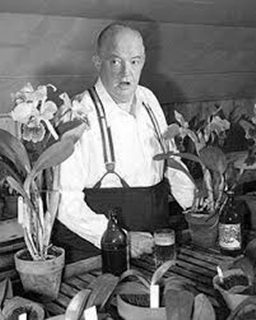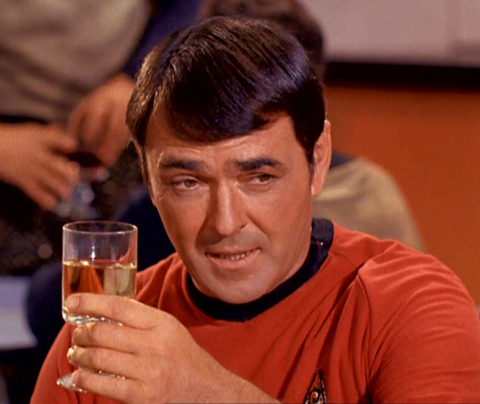The Public Life of Sherlock Holmes: Poirot’s The Hollow & Holmes
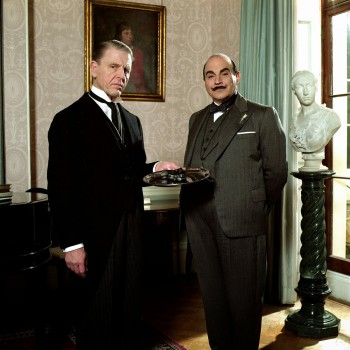 A few years ago, I wrote about David Suchet’s superb performance as Agatha Christie’s Poirot a. Unfortunately, Netflix lost that show before I had finished watching every episode. So, once in a while, I still catch one of those which I haven’t seen yet. And recently I saw The Hollow, which was episode four (of four) in season nine.
A few years ago, I wrote about David Suchet’s superb performance as Agatha Christie’s Poirot a. Unfortunately, Netflix lost that show before I had finished watching every episode. So, once in a while, I still catch one of those which I haven’t seen yet. And recently I saw The Hollow, which was episode four (of four) in season nine.
The Hollow sees Poirot vacationing in a country cottage. This of course means, there’s a dead body due to turn up. John Christow is one of the guests, as is his wife Gerda, and his mistress Henrietta. When his ex-flame Veronica shows up and they have sex, it’s no surprise he shortly ends up dead, with wife standing over him, gun in hand, and mistress (and another person) present as well.
It’s another wonderful outing for Suchet. As I said in the aforementioned article, “I don’t know that we can expect to see a superior version down the line.” When a key piece of evidence is mishandled, Poirot’s angry look speaks volumes. It’s hard to explain how Suchet’s understated performance dominates every scene he’s in. The plot is twisty enough that I didn’t solve it: the norm for me with Poirot. There’s plenty of depth to the character’s emotions so that it all makes sense.
But what I noticed, as the episode went on, is that there are several Sherlockian connections in this episode. Sir Henry Angkatell and his wife, Lucy, invite Poirot to their country manor for dinner. That’s where the murder occurs the next morning. Henry is played by none other than Edward Hardwicke.

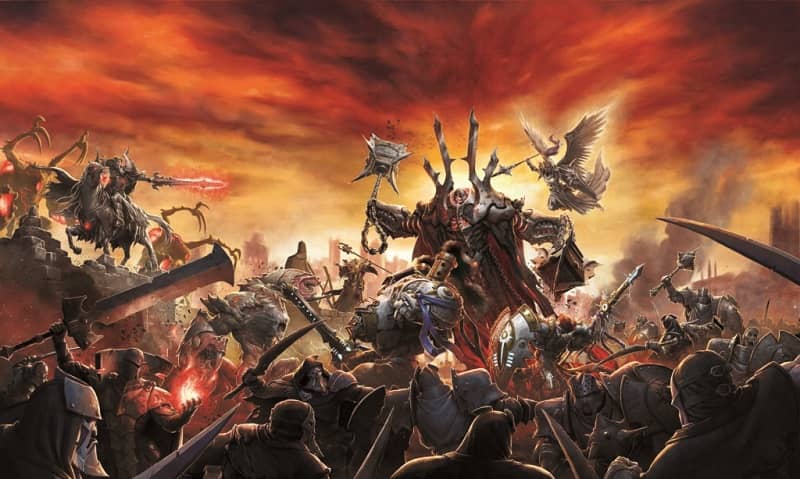
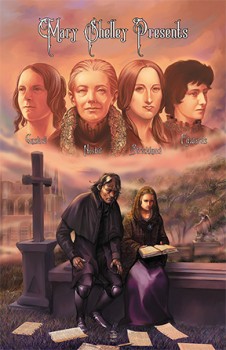
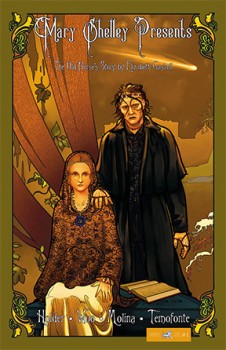 Everyone’s heard of Frankenstein, and most people also know its author, Mary Shelley, but on the 200th anniversary of that novel’s publication, Kymera Press is doing something very, very cool. Mary Shelley Presents is a graphic novel series about other Victorian women horror writers. These women were famous in their own day, but their legacies have faded over time. Now, with the help of Kickstarter, Kymera press seeks to assemble the multiple stories of this series into one trade paperback that they will then bring to life — okay, okay… I’ll hold off on any other Frankenstein metaphors…
Everyone’s heard of Frankenstein, and most people also know its author, Mary Shelley, but on the 200th anniversary of that novel’s publication, Kymera Press is doing something very, very cool. Mary Shelley Presents is a graphic novel series about other Victorian women horror writers. These women were famous in their own day, but their legacies have faded over time. Now, with the help of Kickstarter, Kymera press seeks to assemble the multiple stories of this series into one trade paperback that they will then bring to life — okay, okay… I’ll hold off on any other Frankenstein metaphors…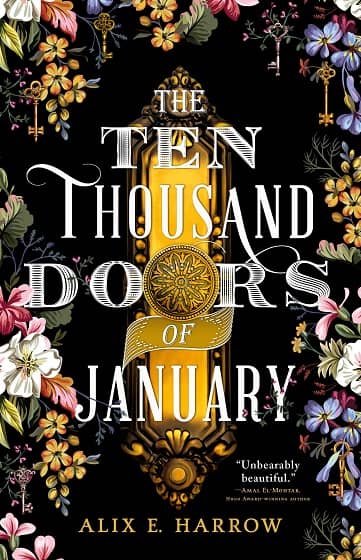
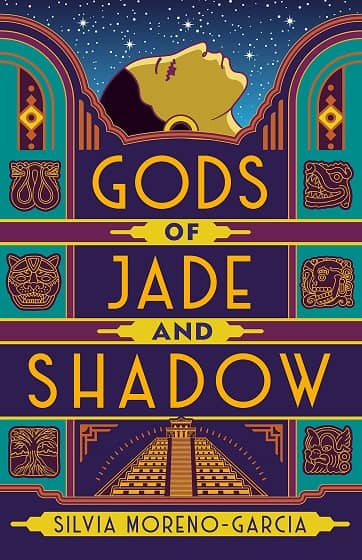


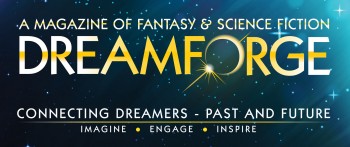
 One of my favorite stories from last year was “Ghost of a Smile” by
One of my favorite stories from last year was “Ghost of a Smile” by 